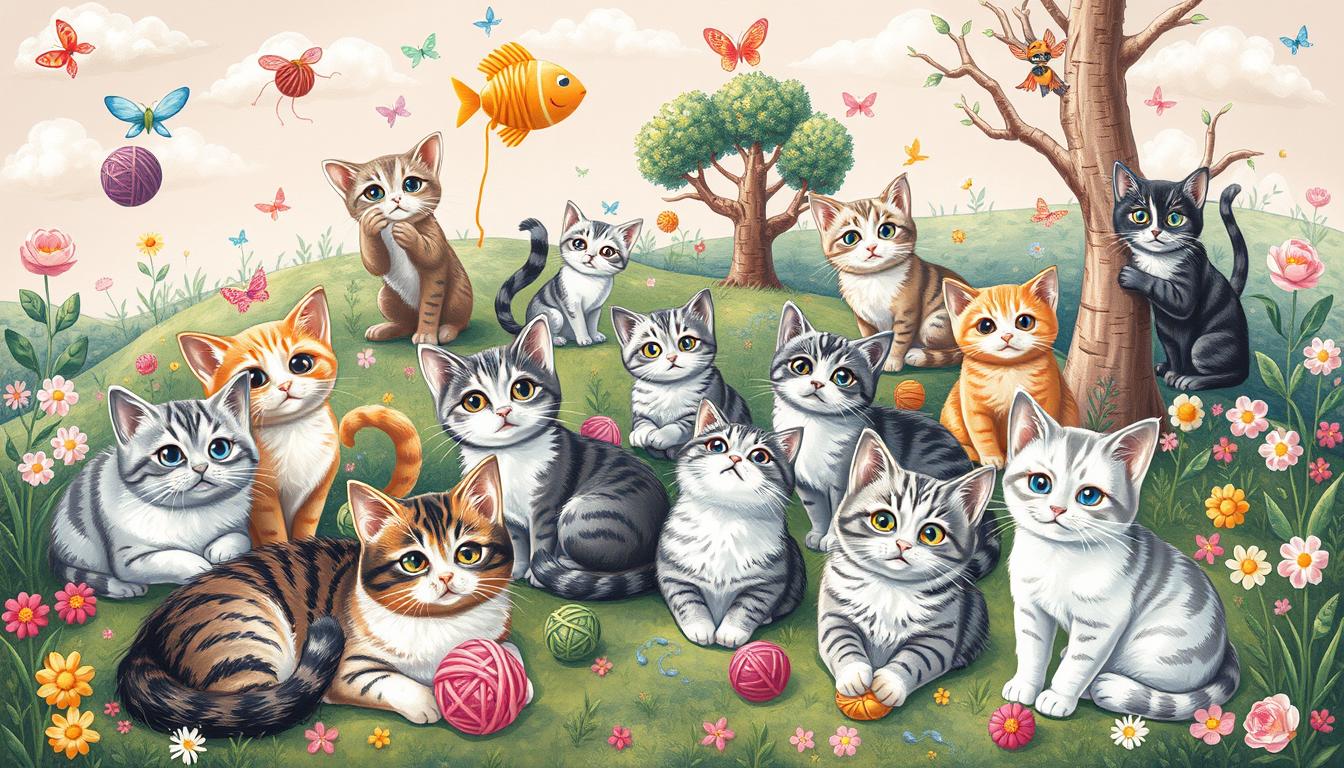Are Moths Made Of Dust? Unraveling The Mystery!

Table of content:
Moths are common nighttime insects that often get mistaken for butterflies. However, moths have unique features that differentiate them from butterflies. One such feature is their wings which are covered in tiny microscopic scales that give them a fuzzy, powdery appearance. This often leads people to wonder – are moths made of dust?
The short answer is no, moths are not literally made of dust. The powdery substance that seems to rub off their wings is actually composed of tiny scales. Let’s explore what causes moths to appear so dusty and powdery.
Why Do Moths Leave Dust Behind?
Moths belong to the order Lepidoptera which also includes butterflies. A key difference between moths and butterflies is that moth wings are covered in scales while butterfly wings are covered in fine hairs.
Moth scales are flattened, modified hair-like cells that overlap each other on the wing surface like shingles on a roof. The scales serve many purposes – they waterproof the wings, provide insulation, and also create colors and patterns that help moths camouflage.
The scales adhere loosely to the wing and overlap each other. When a moth flutters its wings, some of these scales get dislodged and fall off, leaving behind fine powdery dust on any surface the moth lands on.
This is why you may see a small pile of dust on your lampshade where a moth perched through the night. The fragile nature of the scales makes them rub off easily with even the lightest touch.
What is Moth Dust Made Of?
Moth dust is essentially made up of shed scales from the insect’s wings. Moth scales are made of chitin – the same material as their external skeleton.
Chitin is a tough, protective material made of long-chain polymer molecules containing nitrogen. It forms the hard outer layer of the moth’s body and wings.
In addition to chitin, moth scales also contain pigments that give them their beautiful, varied colors and patterns. Some pigments like melanin create darker browns and blacks. Others like pteridines produce reds, greens, and yellows. Still others generate iridescent blues and metallic golds.
These pigments combined with the geometry of the stacked scales are what create the diverse moth wing patterns we see in nature.
Are Moth Scales the Same as Dust?
While moth dust is made up of discarded scales, it would be inaccurate to say that moth scales are the same as dust. Here are some key differences:
- Dust refers to tiny particles of matter such as dead skin cells, textile fibers, pollen, soil particles, etc. Moth scales are elaborately structured microscopic wing cells, not random specks of debris.
- Dust is generally a mixture of various microscopic particles. Moth scales are made of similar materials (chitin and pigments).
- Dust can contain allergens and trigger asthma. Moth scales are relatively inert and rarely cause allergies in humans.
So while moth dust and regular house dust both consist of tiny particles, they are structurally and compositionally very different from each other. Moth scales are not equivalent to generic dust particles.
Do Moth Scales Come Off Easily?
Yes, moth scales come off easily and readily rub off on contact. This quality helps moths in several ways:
- It allows moths to escape spider webs – when a moth gets trapped in a web, it loses scales and can slip out leaving the scales behind.
- Losing scales enables moths to escape bird attacks – birds end up with a mouthful of scales while the moth flees to safety.
- Shedding scales help moths fit into tight crevices and small spaces for hiding.
- Losing scales decreases the weight allowing moths to fly faster to avoid predators.
- Finally, shedding scales leads to the appearance of “moth dust” which humans perceive as a mess.
The easy loss of scales is built into the moth anatomy through the following features:
- The scales are attached to the wing by a flexible, stretchy pedicel or stalk. This allows them to detach easily.
- The scales overlap loosely and don’t interlock tightly. So they peel off readily with any abrasion.
- The scales lack a waxy microscopic texturing that helps butterfly scales cling on. Moth scales lack this microstructure and are therefore more prone to shedding.
Why Do Moth Wings Feel Powdery?
A light brush of a moth’s wings leaves a powdery sensation on your fingers. This is caused by the fragile surface scales that dislodge and stick to your skin.
Close observation of moth wings under a microscope reveals intricate patterns formed by rows and rows of overlapping scales. These form “colored shingles” that cover the entire wing surface.
The scales have a hairy, fluffy appearance but are actually smooth and sheet-like. Their microscopic structure includes longitudinal ridges and crosswise grooves that diffract light to create colors and shimmery effects.
When these intricate yet delicate scales come in contact with skin, they get knocked off easily and adhere to the fingertips, leaving behind that soft, powdery feeling.
Various pigments in the scales also rub off, often leaving behind a colored dust-like residue on fingers. The powderiness signals how easily the wings shed scales compared to butterflies.
Can I Vacuum Up Moth Dust?
Over time, moth activity in the home can result in a fine layer of dust around infested areas. Can you simply vacuum up this mess?
Yes, in most cases vacuuming is recommended to clean up shedding moth scales. Here are some tips:
- Use a vacuum with a new bag or empty canister to collect the maximum amount of dust.
- Attach a crevice tool to access narrow spaces where moths may lurk and shed scales.
- After vacuuming, safely dispose of the bag outdoors in a sealed trash bag to avoid spreading scales indoors.
- Follow up with damp dusting using a microfiber cloth to remove any remaining debris.
- Check your vacuum brush rolls and hoses for any trapped scales and wipe them away.
While vacuuming picks up shed scales, it does not eliminate moths that cause the problem. Follow up with preventive measures like pheromone traps, cedar blocks, lavender sachets etc. to tackle infestations long term.
Is Moth Dust Bad for You?
Many people wonder if moth dust is harmful to human health. Since moths are pest insects associated with decay and damage, it’s natural to be concerned if their cast-off scales pose risks.
However, rest assured that moth dust is generally benign and not dangerous:
- Moth scales themselves are inert and contain no toxic chemicals. At worst, they may irritate respiratory passages mildly.
- Moth scales do not harbor or transmit diseases. They contain only pigments and chitin.
- People are not commonly allergic to moth scales. However, any fine debris can exacerbate asthma so take precautions.
- The biggest risk is large amounts of scales contaminating food stores. But regular cleaning solves this.
So while major moth infestations require pest control, their shed wing scales are a harmless nuisance at typical levels. Use common sense precautions and proper cleaning methods to stay safe.
Is Moth Dust Dangerous?
While substantial exposure to any fine particulate matter in the air poses some risk, in most household settings, moth dust is not particularly dangerous. Here’s a realistic assessment:
- Moth scales are not inherently toxic, radioactive, carcinogenic or disease-carrying. They contain pigments, proteins and chitin – nothing hazardous.
- The volume of scales shed in typical homes is not enough to be a serious health hazard. Heavy exposure might irritate lungs mildly.
- Scales are not an infectious agent and do not spread germs or viruses. Just inert material from moth wings.
- People with asthma may react to any airborne debris. Prudent to avoid moth-infested spaces and ventilate the area after cleaning up scales.
- While not toxic, large amounts of scales in food is undesirable. But regular cleaning solves this issue.
So while no one wants moth scale debris around the home, it does not pose any major risks with routine cleaning and exclusion of living moths. Take simple precautions and don’t worry.
Do Moths Make a Mess?
Moths don’t intentionally make a mess – the powdery debris of shed scales is simply a byproduct of their anatomy and behavior. That said, visible piles of moth dust are not very desirable in homes. Here are some ways moths create messy conditions:
- Scales rub off wings each time moths land on walls, lights, upholstery etc. leaving behind powdery smudges.
- As moths crawl into stored food containers, their wings leave traces of dust that contaminate the products.
- Dead moths decompose into unsightly piles of dust if not cleaned up right away.
- Larval droppings and silk nesting materials further contribute to clutter along with scales.
- Moth dust gathers in neglected closets, attics and old furniture creating piles of debris.
- The fine powder sticks readily to any oils or condensation, leaving difficult stains.
Regular and thorough cleaning is the solution to this nuisance. Proper sealing of food stores also limits contamination. With vigilance, the mess of moth scales can be contained.
Conclusion
To conclude, moths do not literally transform into dust. The powder associated with them comes from microscopic scales on their wings that are easily shed. While this moth debris is generally harmless, it’s best to control moth infestations using proper IPM techniques to avoid contamination and mess. Maintaining a clean home along with monitoring for pests is key to limiting problems.
Welcome. I’m Adreena Shanum, the proud owner of this website, and I am incredibly passionate about animals, especially poultry. I founded adreenapets.com as a labor of love, stemming from my desire to share my knowledge and experiences with poultry enthusiasts worldwide.




